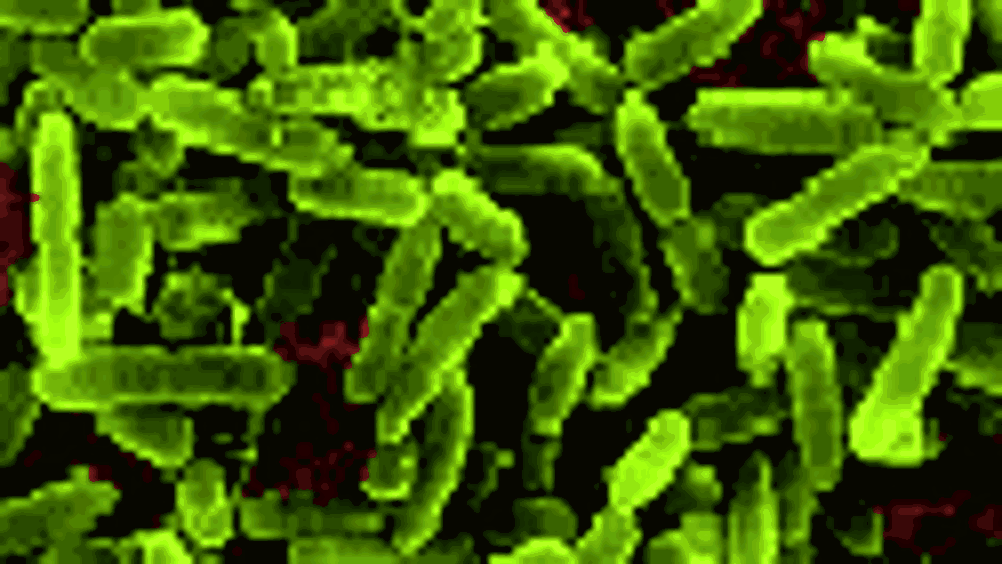Biosensing barcodes beat biowarfare
Detecting biowarfare agents in the field will become a lot easier thanks to a new barcode system based on biosensing nanowires developed by Lawrence Livermore National Laboratory researchers.

Detecting biowarfare agents in the field will become a lot easier thanks to a new barcode system based on biosensing nanowires developed by
(LLNL) researchers.
The researchers, led by Jeffrey Tok of LLNL’s BioSecurity and Nanosciences Laboratory, built sub-micrometre layers of different metals including gold, silver and nickel that act as “barcodes” for detecting a variety of pathogens ranging from anthrax, smallpox and ricin to botulinum.
The team, led by LLNL and including researchers from
The researchers produced nanoscale wires by electrochemically depositing metals within the tiny cavities of porous mineral solids. They then layered the gold and silver in a specific way to produce nanowires with different characteristic stripe patterns depending on which pathogen they were trying to identify.
Register now to continue reading
Thanks for visiting The Engineer. You’ve now reached your monthly limit of news stories. Register for free to unlock unlimited access to all of our news coverage, as well as premium content including opinion, in-depth features and special reports.
Benefits of registering
-
In-depth insights and coverage of key emerging trends
-
Unrestricted access to special reports throughout the year
-
Daily technology news delivered straight to your inbox










UK Enters ‘Golden Age of Nuclear’
The delay (nearly 8 years) in getting approval for the Rolls-Royce SMR is most worrying. Signifies a torpid and expensive system that is quite onerous...